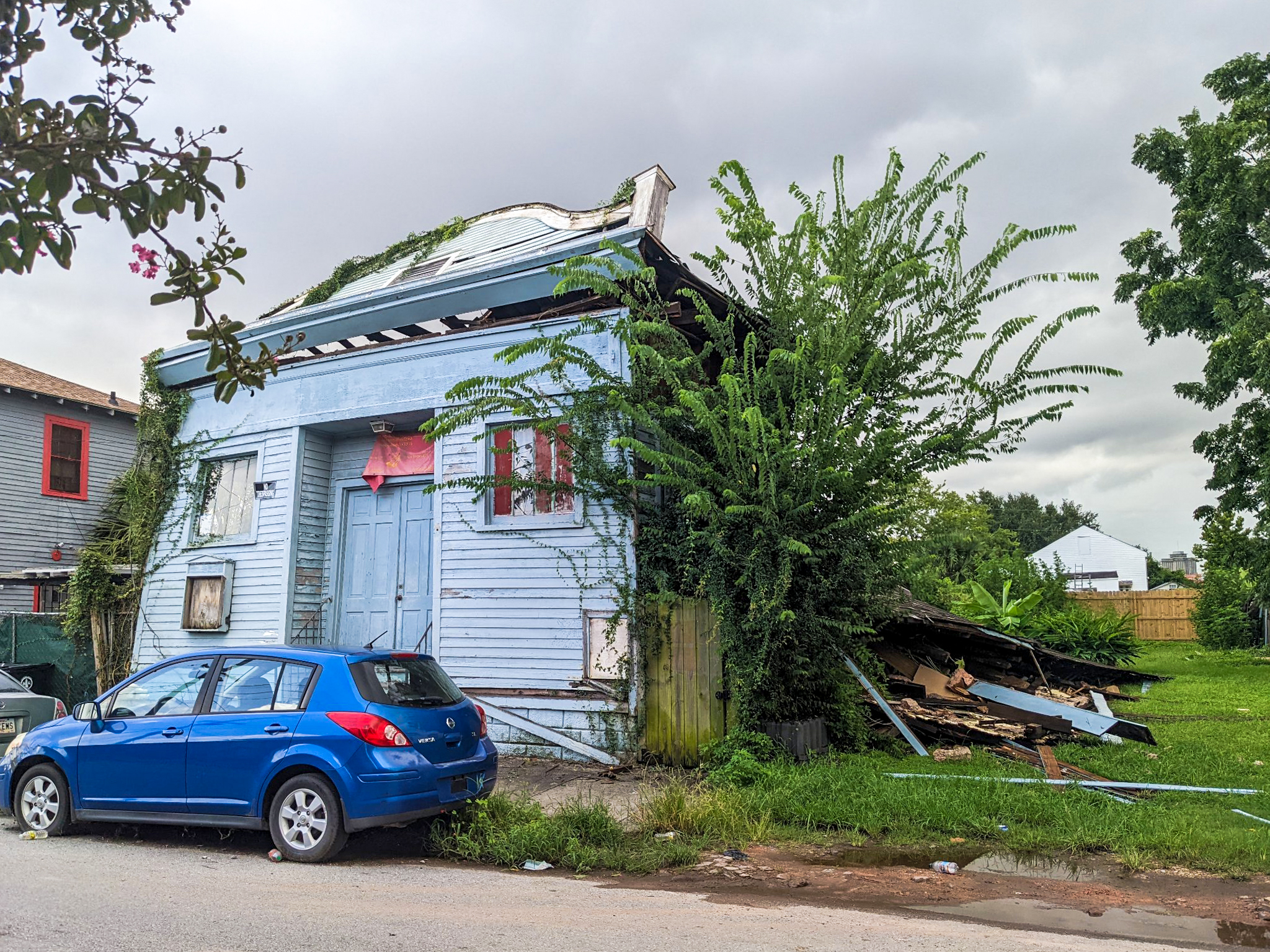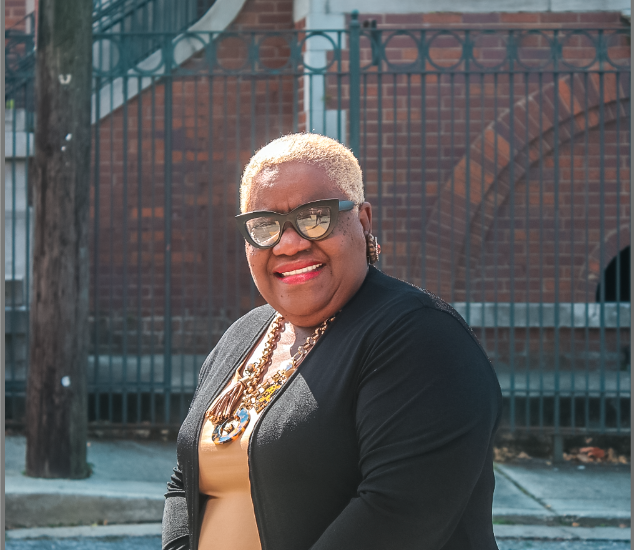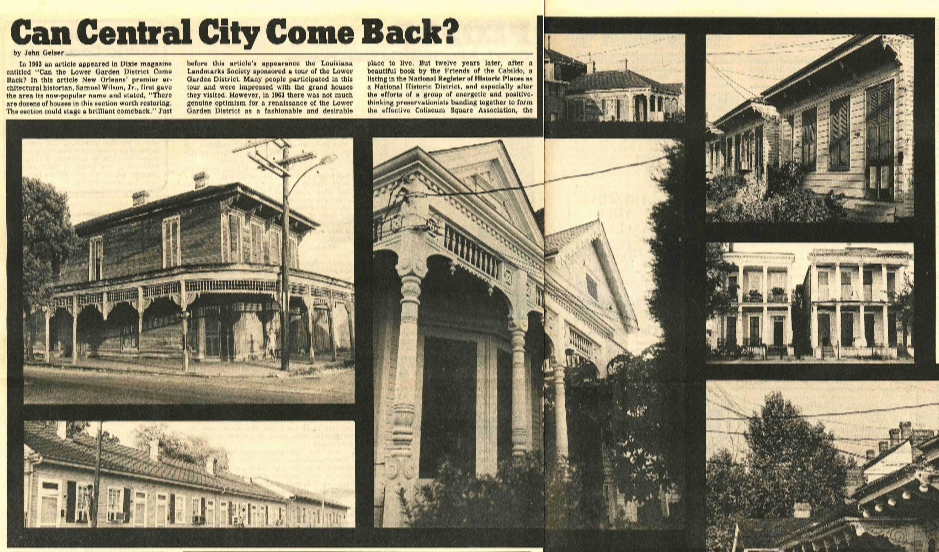An anniversary is always a good cause for celebration – and the 35th birthday of the Preservation Resource Center should be celebrated by everyone who cares about saving this city’s amazingly rich and diverse heritage. Today, preservation in New Orleans stands on the shoulders of those who founded this organization in 1974. Just think how far we’ve come since then.
Thirty-five years ago, preservationists spent most of their time and energy fighting to hold on to landmarks threatened with demolition. Today, old buildings still get demolished, but they are no longer torn down as a matter of course. Among public officials, developers and architects alike, rehabilitation and adaptive use are widely regarded as viable – often preferable – alternatives to demolition.
Three decades ago, preservationists’ concerns tended to end at the boundaries of the “old part of town.” Nowadays we take a much more holistic approach, recognizing that what happens in the countryside and the suburbs has a direct bearing on the fate of older in-town areas.
Finally, back in the 1970s, preservationists didn’t have many statistics to back up our convictions about preservation’s economic benefits. Today we can call upon a growing body of evidence to document the impact of heritage tourism, the positive effect of historic designation on property values, the relative rate of job creation in historic rehab projects vs. new construction, and so on. And, after decades of success through the Main Street program, the impact of the Historic Rehab Tax Credit and other programs, we have firsthand, quantifiable knowledge of preservation’s power to help bring new vitality to residential and commercial neighborhoods.
Today, the impact of preservation can be seen almost everywhere, and it has made a clear difference in both the appearance and the quality of life in countless places. You can see it in what the PRC has accomplished over the past 35 years: It’s a splendid record of achievement, and I’m proud that the National Trust has partnered in much of it.
But while we can – and should – take pride in what we’ve done, we should heed this statement by preservation guru Arthur Ziegler of Pittsburgh: “Yes, we preservationists have come a long way. No, we have not by any means arrived.”
If we are to “arrive,” I believe we must work especially hard to do three things in the coming years:
First, we must broaden our programs and our membership to reflect more accurately the diversity of America.
Preservation offers us a means of celebrating the cultural diversity that is one of this country’s greatest strengths. We must do all we can to expand people’s understanding of the shared history that binds us together as a nation, and we must find ways to involve all sectors of society in our work. We share a heritage that is all-embracing, and we must work to build a preservation movement that is all-embracing as well.
Second, we must not shy away from tackling tough, complex issues.
In the 1960s, the fight against urban renewal was a catalytic event in the growth of the preservation movement. For a whole generation of preservationists, it was the crucible in which their theories and convictions were tested and refined. I believe that the issues of climate change and sustainability are to us what urban renewal was to an earlier generation. I believe, too, that we can accomplish what our predecessors did: We can make a difference.
Finally, we must work harder to inculcate preservation as an ethic – a value – that is understood and embraced by all Americans.
Too many people still regard preservation as largely irrelevant to their own daily lives. Our challenge is to help them see that by saving and enhancing historic buildings and neighborhoods, by advocating land-use and development policies that knit communities together instead of tearing them apart, by finding meaningful responses to climate change and the depletion of resources, preservation benefits everyone – not just members of historical societies and preservation organizations.
It’s an enormous task, but it can be done. In fact, it must be done. Failing to do it would mean accepting the unacceptable: the disappearance of the irreplaceable.
I look forward to something very different.
I look forward to the day when Americans will treasure our heritage just as they value clean air and water. I believe that day will come. And I believe that in working toward it, our efforts will be worthy of those – like the founders of the Preservation Resource Center – whose vision helped bring us this far.





